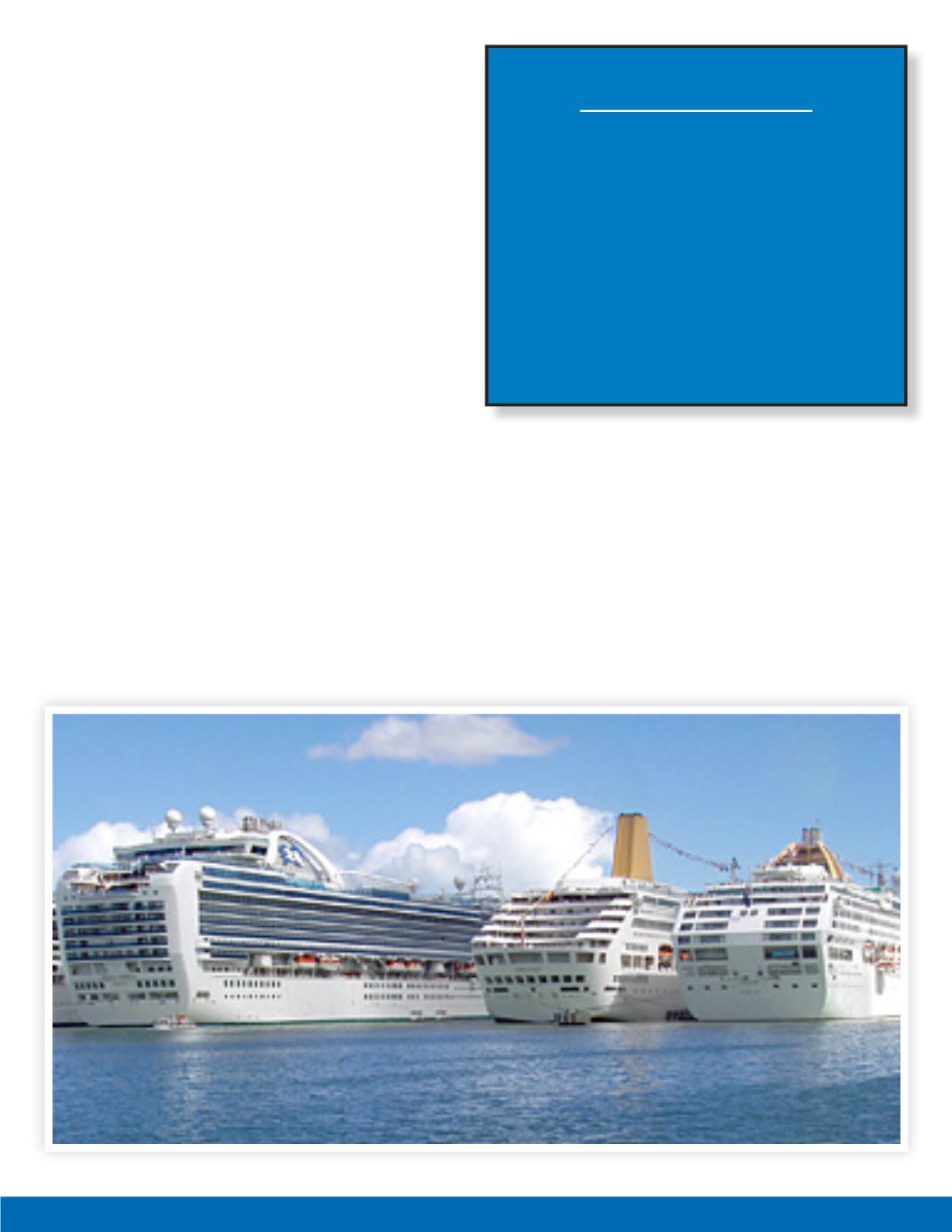
Business View Caribbean
3
individually because they are not transported in inter-
modal containers, but rather in bags, boxes, crates,
drums, or barrels. The term break bulk derives from
the phrase “breaking bulk” - the extraction of a portion
of the cargo of a ship or the beginning of the unloading
process from the ship’s holds.
Darwin Telemaque, the current CEO of the Port Au-
thority, is in the second year of his two-year appoint-
ment. He came to lead the agency after a successful
agribusiness career and as a consultant to the World
Bank. One of his missions is to transform the Deep
Water Harbor port, which is at the end of its fifty-year
cycle, and build a new facility that will help usher in a
new economic paradigm, revitalizing not only the port,
itself, but the country and OECS region, as well.
According to Telemaque, it wasn’t long after Deep Har-
bor was built that a major problem arose. “In 1971,
containerization reached the Eastern Caribbean, and
by that time, the port that was constructed so recent-
ly was obsolete in terms of its function,” he explains.
“However having constructed a port which was built
for a fifty-year cycle, we were stuck with that type of
operation - having to force containerization through a
break bulk terminal for almost fifty years. But we have
to do what we can, so we have been handling it very in-
efficiently – but we’ve been handling it. It’s very costly;
we were not designed for containerization but we have
AT A GLANCE
WHO:
The Port Authority of Antigua and Barbuda
WHAT:
A quasi-governmental agency responsible
for the islands’ maritime ports
WHERE:
Headquartered in St. John’s, Antigua
WEBSITE
:


